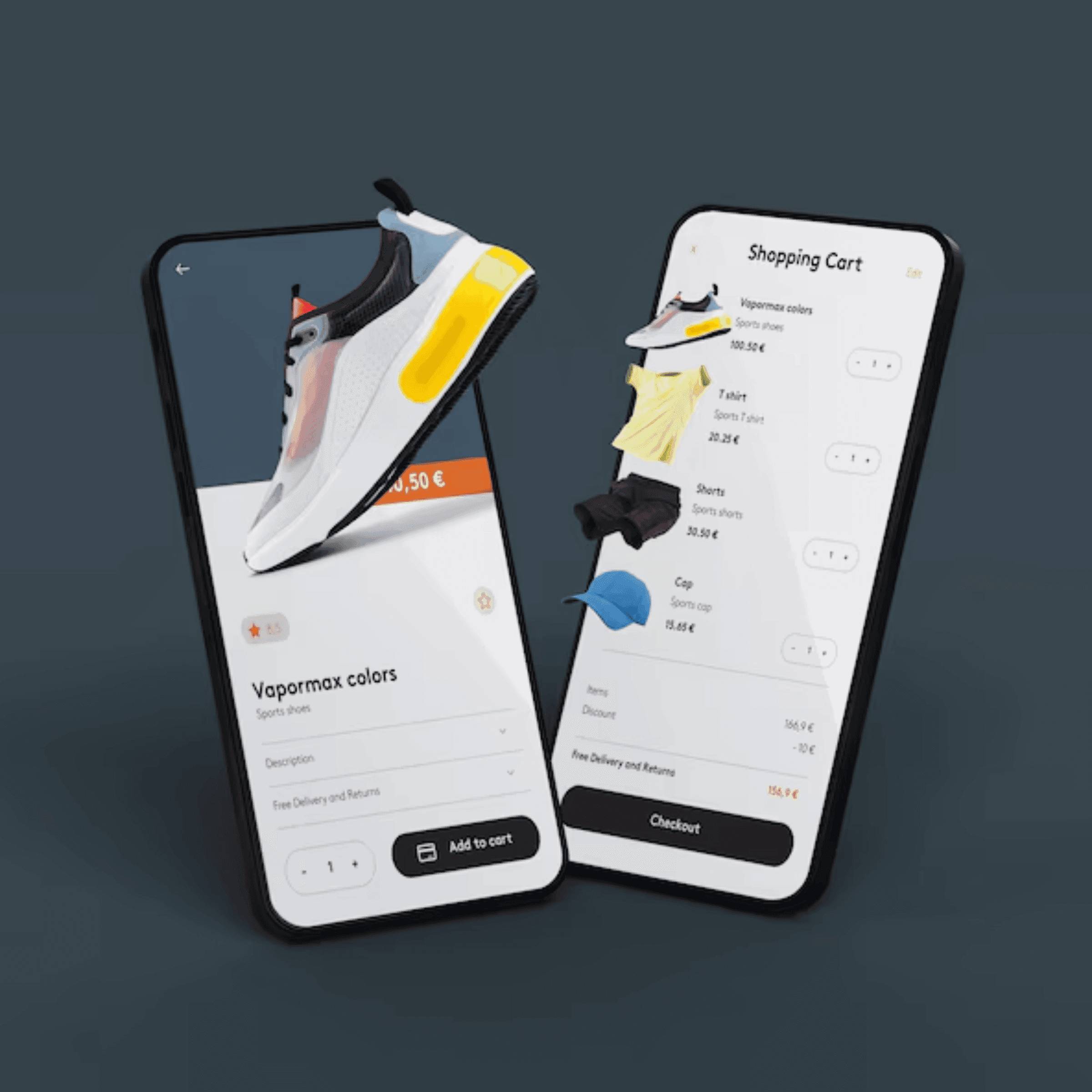Social media has historically played an essential role in brand discovery. Most purchases, however, have typically been made on a seller’s app or website. In recent years, however, social media platforms have started to offer purchasing capabilities, leading to the birth of social shopping.
This article explains social shopping, including its benefits, drawbacks, and practical strategies for a successful experience.
What is Social Shopping?
Social shopping uses social media channels to market and sell goods or services. It takes the whole shopping process to social media, from browsing to checking out. Some examples are Pinterest’s Buyable Pins, Facebook Marketplace, Instagram’s shoppable posts, and influencer marketing on various platforms.
Thus, social shopping allows brands to engage with and grow their client base. Likewise, users can quickly discover, browse, and conduct product research. They can also contact customer service and make direct purchases. Social shopping, therefore, allows consumers to make purchases without leaving their social settings, resulting in a more seamless shopping experience.
Evolution Of Social Shopping
Social shopping has changed significantly over the years and will continue. Social media sites formerly meant to engage with friends are now thriving marketplaces. Brands are leveraging this trend by developing dynamic and tailored shopping experiences.
Yahoo’s Shoposphere, launched in 2005, marked the start of social shopping. Here, users made product lists and added their ratings and reviews. Over time, social shopping has evolved to include a lot more. It now includes selling and buying goods on popular social media platforms.
Social shopping is getting increasingly popular as it offers a more engaging and convenient shopping experience. Most consumers also now turn to social media for their shopping and purchases. By 2026, estimates indicate that the value of social shopping globally will be approximately $2.9 trillion.
Key Drivers of Social Shopping Growth
The COVID-19 pandemic changed our buying habits, including where and why we shop. Concerns about personal safety led to the rise of social shopping, where people used social media not just for entertainment and communication but also for shopping.
Here are some other key drivers of social shopping:
Seamless Shopping Experience
Social shopping cuts unnecessary steps in the buying process. Instant messaging, in-app checkout, and Buy buttons make social shopping more convenient. Users can complete the purchase process without leaving the social media page, so there’s less chance that they will abandon their cart.
A Wider Audience Reach
Social media allows for greater possibilities to reach a worldwide audience. Currently, 4.59 billion people globally use social media, with a projected 5.17 billion users by 2024. There’s also a growing trend of social media shopping. The younger people were the first users since they were more technologically savvy. As social media platforms become more user-friendly, elder generations are also increasingly adopting them.
Social Experience
Social shopping aspires to transform shopping into a social experience rather than just a transaction. Shareable links allow you to solicit feedback from your friends before purchasing. You can also participate in live shopping events and provide reviews.
Availability of Social Proof
First, people need to trust your brand to make a purchase decision. Thus, before deciding, they read user reviews, compare options, and even consult with other users.
User-generated material serves as social proof in social shopping. Potential customers can trust your brand more when they see likes, shares, and positive comments.
Timely Customer Feedback
Allowing customers to voice their opinions makes them feel valued. Social media enables direct engagement and feedback from customers. Businesses can use chatbots, polls, and comment sections to solicit feedback from their audience. With this feedback, companies can adjust their offerings to match client expectations.
Strategies for Successful Social Shopping Experience
With increasing competition, marketers need to employ effective strategies to win customers. User-generated content and Influencer marketing are powerful tools they can use.
Consumers typically produce UGC, which features their experiences without direct brand engagement.
Influencer marketing incorporates brand cooperation and incentives. This ensures the content is in line with the messaging and brand objectives.
User-Generated Content
UGC develops trust and authenticity. Customers generally trust online brand reviews. Users can share content highlighting their experiences on social media. This helps cultivate a sense of credibility.
Brands can encourage UGC initiatives to get users to submit product reviews. Users can also share videos of themselves unboxing or using the product creatively.
UGC presents real-life experiences, promoting brand legitimacy and encouraging user engagement.
Influencer Marketing
Influencers play a significant role in persuading the general public to purchase or use products they embrace. Getting the right people to endorse your brand can boost the return on your social shopping investment. These could be micro-influencers with specific audiences or popular influencers with large followings.
Influencers usually create intriguing content and can skillfully incorporate product reviews and endorsements. Such endorsements often build confidence and influence purchase decisions.
Challenges and Limitations in Social Shopping
Most social media users use it for entertainment and to connect with friends. Preferred content, user habits, and purchasing habits vary among these users. To succeed, marketers must develop a strategy that considers these variables. A one-size-fits-all approach is impractical.
Technical implementation is essential for integrating social platforms and their respective shopping features. Product information and content should then be specific to the right platforms.
For instance, each platform has its specifications for image formats. You can only achieve an organized and flawless image if you consider this.
The bad reviews that users point out on social media platforms are instantly noticeable. These alter public perceptions immediately.
Protecting customer information on social media is also a challenge. Other challenges include inadequate financing and ever-changing needs and trends.
Recap and Significance in Modern Consumer Culture
The use of social media is changing the way we shop. Improved client engagement and conversion rates are just a few of its benefits. However, there are drawbacks, like platform dependency and privacy concerns. To thrive, enterprises must devise an effective strategy that capitalizes on social media’s advantages while addressing its limitations.
Developing a strategy that addresses key aspects that impact social shopping success is also essential. This includes user-generated content, brand engagement, and audience targeting. Being adaptable and customer-focused can help you succeed in this ever-changing digital world.






